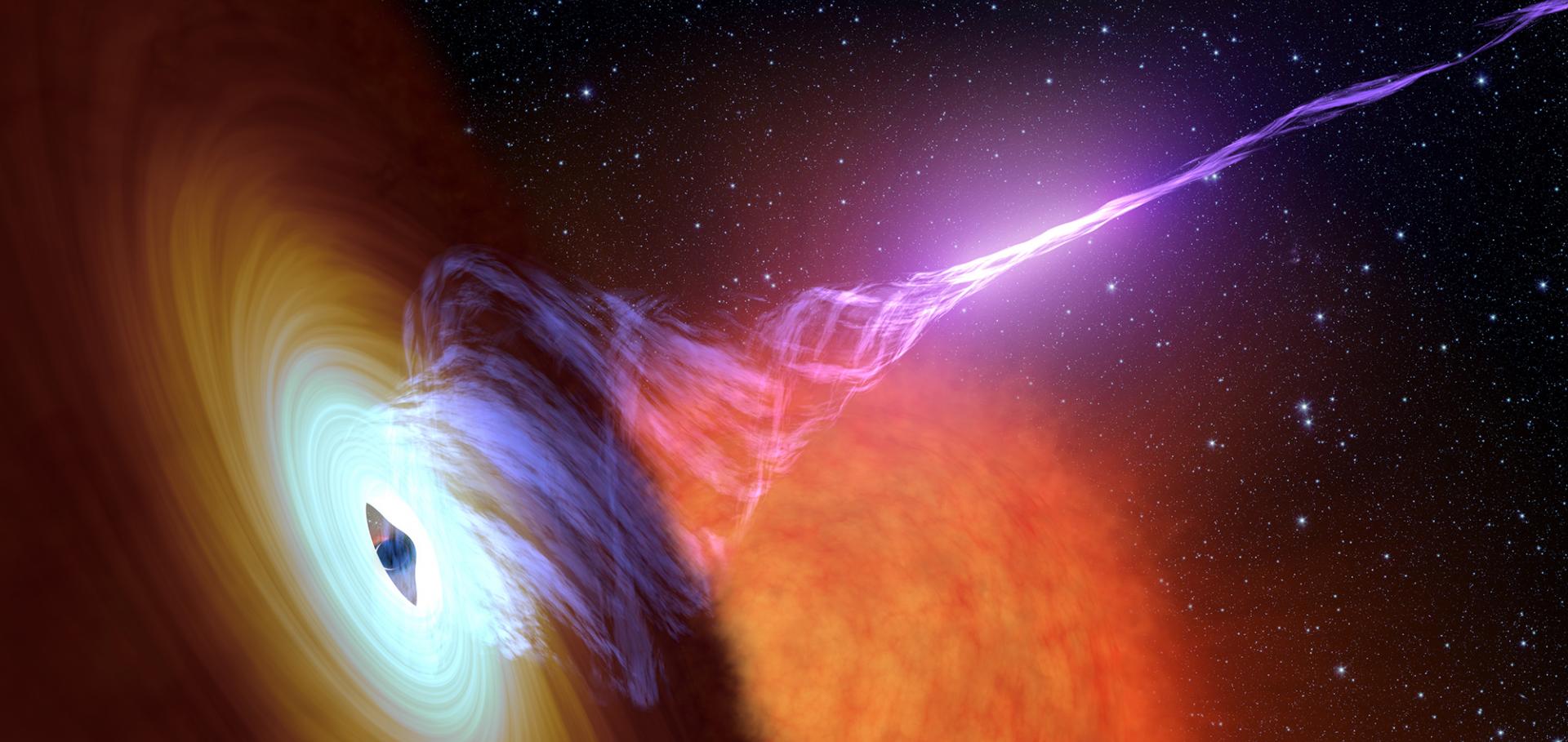ThunderKAT: The MeerKAT Large Survey Project for Image-Plane Radio Transients
Sissa Medialab Srl (2018) 013
LOFAR 150-MHz observations of SS 433 and W 50
Monthly Notices of the Royal Astronomical Society Oxford University Press 475:4 (2018) 5360-5377
Abstract:
We present Low-Frequency Array (LOFAR) high-band data over the frequency range 115–189 MHz for the X-ray binary SS 433, obtained in an observing campaign from 2013 February to 2014 May. Our results include a deep, wide-field map, allowing a detailed view of the surrounding supernova remnant W 50 at low radio frequencies, as well as a light curve for SS 433 determined from shorter monitoring runs. The complex morphology of W 50 is in excellent agreement with previously published higher frequency maps; we find additional evidence for a spectral turnover in the eastern wing, potentially due to foreground free–free absorption. Furthermore, SS 433 is tentatively variable at 150 MHz, with both a debiased modulation index of 11 per cent and a χ2 probability of a flat light curve of 8.2 × 10−3. By comparing the LOFAR flux densities with contemporaneous observations carried out at 4800 MHz with the RATAN-600 telescope, we suggest that an observed ∼0.5–1 Jy rise in the 150-MHz flux density may correspond to sustained flaring activity over a period of approximately 6 months at 4800 MHz. However, the increase is too large to be explained with a standard synchrotron bubble model. We also detect a wealth of structure along the nearby Galactic plane, including the most complete detection to date of the radio shell of the candidate supernova remnant G 38.7−1.4. This further demonstrates the potential of supernova remnant studies with the current generation of low-frequency radio telescopes.Long-term radio and X-ray evolution of the tidal disruption event ASASSN-14li
Monthly Notices of the Royal Astronomical Society Oxford University Press 475:3 (2018) 4011-4019
Abstract:
We report on late time radio and X-ray observations of the tidal disruption event candidate ASASSN-14li, covering the first 1000 days of the decay phase. For the first $\sim200$ days the radio and X-ray emission fade in concert. This phase is better fit by an exponential decay at X-ray wavelengths, while the radio emission is well described by either an exponential or the canonical $t^{-5/3}$ decay assumed for tidal disruption events. The correlation between radio and X-ray emission during this period can be fit as $L_{R}\propto L_{X}^{1.9\pm0.2}$. After 400 days the radio emission at $15.5\,\textrm{GHz}$ has reached a plateau level of $244\pm8\,\mu\textrm{Jy}$ which it maintains for at least the next 600 days, while the X-ray emission continues to fade exponentially. This steady level of radio emission is likely due to relic radio lobes from the weak AGN-like activity implied by historical radio observations. We note that while most existing models are based upon the evolution of ejecta which are decoupled from the central black hole, the radio : X-ray correlation during the declining phase is also consistent with core jet emission coupled to a radiatively efficient accretion flow.Long-term radio and X-ray evolution of the tidal disruption event ASASSN-14li
(2018)


